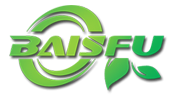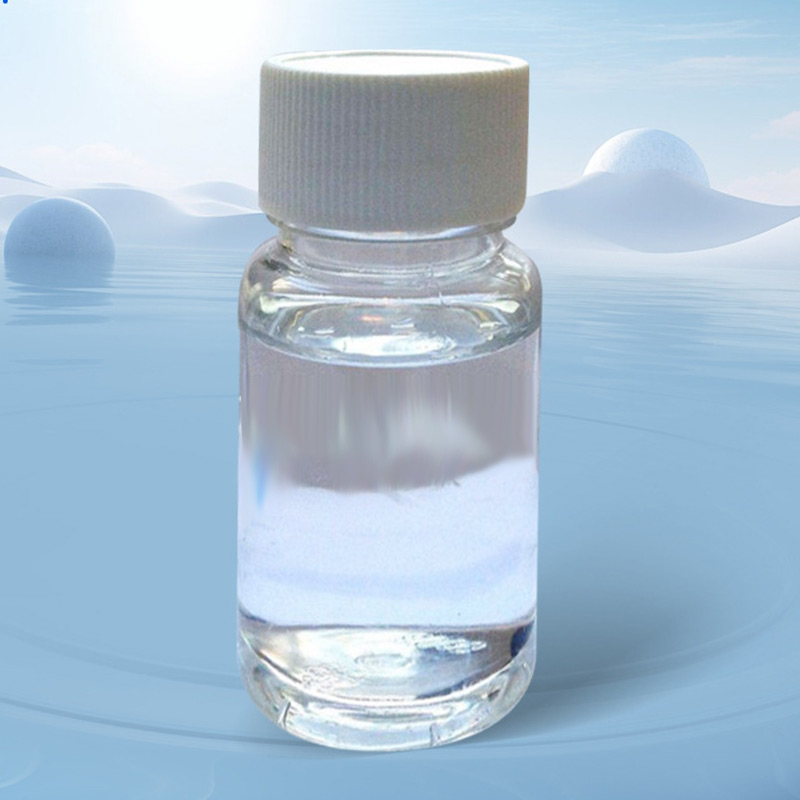Azone
-Monomer flavor
Product information

| Product Name | Azone |
| CAS | 59227-89-3 |
| Melting point | -7° |
| Boiling point | bp50m 160° |
| Density | 0.906-0.926 |
| Storage conditions | Sealed in dry,Room Temperature |
| Solubility | Dissolved in methanol, solubility of 0.1g/mL, clarified |
| Morphological | Oil |
| Acidity coefficient (pKa) | -0.43±0.20(Predicted) |
| Color | Colorless |
| Purity | 98% |
| Shelf life | 2 years |
Intro
Baisfu Azone is a new type of skin penetrant first reported by the American Stoughton in the early 1980s. and its chemical name is 1-n-dodecyl azecyclohept-2-one. Short for azone. At room temperature, non-toxic and non-irritating oil-like transparent liquid. With lubricity, easy coating and strong permeability. That is also a widely use organic chemical, and its high efficiency of promoting permeability. Non-toxic safety and other characteristics have increasingly attract people’s attention. It has a role in promoting permeability of hydrophilic and hydrophobic compounds.
Apply of Azone
It is mainly use in medicine, gradual deepening of people’s understanding of nitrogen ketone, the industrialization of nitrogen ketone has broad prospects.
Laurazone, as an efficient skin penetration enhancer and a new type of non-ionic surfactant. Has been popularized and applied in pharmaceutical, daily chemical, pesticide, printing and dyeing. Chemical fiber, leather and other industries, and the use effect is very significant. More new application fields are still expanding.
This product is a new kind of high efficiency, safe and non-toxic transdermal absorption enhancer, which has obvious effect on hydrophilic and lipophilic drugs. Can be widely use in medicine, cosmetics, pesticides, aerosols, printing and dyeing, oil exploration and other industries. It has the advantages of strong penetration, colorless, tasteless, non-toxic, non-irritating and so on.
It can be used as a highly effective skin penetration enhancer, for external medicine, cosmetics and as a surfactant
Preparation
Solid-liquid phase transfer catalysis method:
KOH-K2CO3 compound base was use instead of potassium hydroxide or sodium hydroxide as the deprotonant. And tetrabutylsodium bromide or polyethylene glycol as the phase transfer catalyst. Caprolactam and bromo-dodecane reacted in toluene or ethane solvent to produce azone in one step with a yield of more than 93%.


